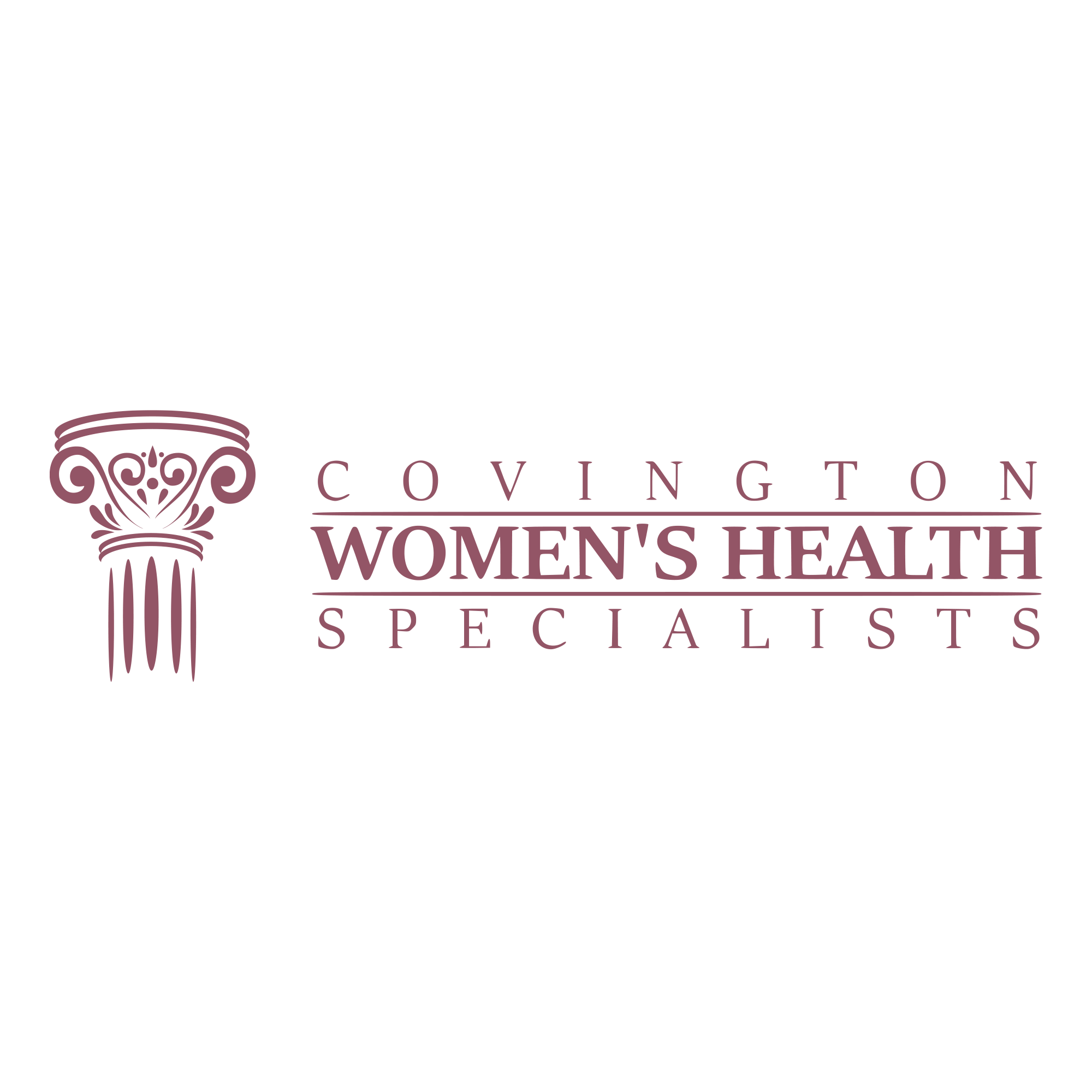Sweating Down There? It’s Normal!
It happens to all women. You’re out and about enjoying your day while it happens to be warm, or you’re putting your all into a work-out, and very quickly your underwear or groin area becomes drenched with sweat. On top of sweating through your armpits, you probably notice perspiration gathering underneath your breasts and in your vagina.
Sweating down there might be “gross,” but don’t worry! It’s 100% natural and something all women do. To help spread awareness on why this is so, the experts at Covington Women’s Health are discussing why women sweat at their vulvas.
Why Do I Sweat Down There?
Sweating is an absolutely necessary part of life. It’s your body’s way of cooling down your skin and preventing you from overheating.
Sweat comes from the sweat glands located throughout your body. There are two types: eccrine glands and apocrine glands. The latter are the ones that are in your vulvar area, because they are connected to the hair follicles there.
Just like there are two different types of sweat glands, there are also two different types of sweat! The sweat that happens in your vulvar area has a milk-like texture and can have a strong order. However, as mentioned above, while eccrine gland sweat is the process that cools down your body, many scientists and medical professionals aren’t sure of the purpose of apocrine sweat.
But, it’s still a totally natural process.
Is There Such a Thing as Too Much Sweat?
Just like with excessive sweat through the armpits, this can also happen at your vulva! If you’re noticing a large amount of sweat at low-energy efforts, then it might be a sign you have a problem with excessive sweat in your vagina.
One example of a common reason why this happens is a medical condition called hyperhidrosis, which causes people to sweat more than others.
If your level of sweat is bothering you and impacting your quality of life, there are several things you can do! The best first step is to reach out to your trusted gynecologist to discuss what’s happening. They will be able to give you a plan to see if you can lessen the impact of your excessive sweat.
If you have any more questions about sweating down there, reach out to the women’s health experts at Covington Women’s Health by clicking here or giving us a call at 770-385-8954.







